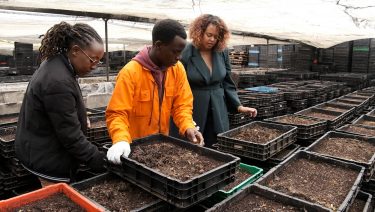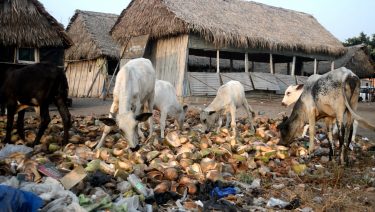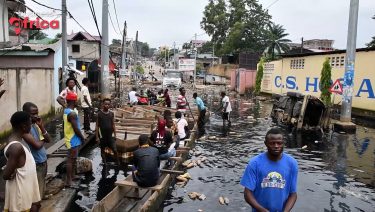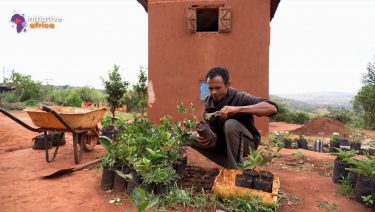Using Selfies, Live Streams, and Satellite Images to Save African Elephants
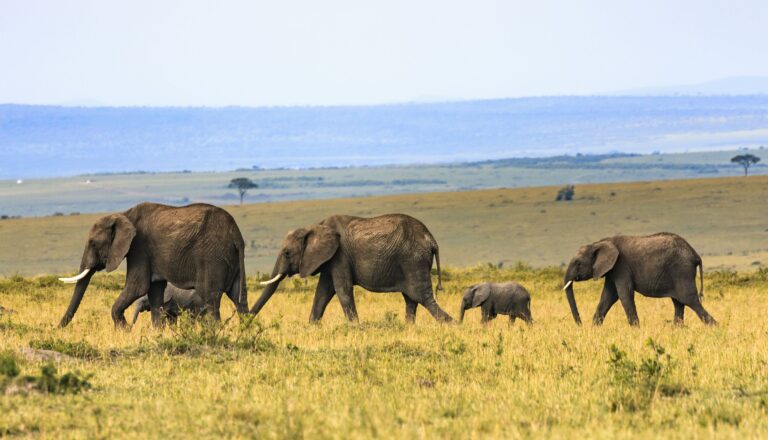
Michael Sommers
With African elephants so ubiquitous in our collective consciousness, not to mention on our screens, it’s hard to conceive that they’re now officially endangered, having been placed on the International Union for the Conservation of Nature’s Red List of Threatened Species in March 2021.
Over the past century, the African elephant population has plummeted, from an estimated 10 million to 415,000. Habitat fragmentation, human encroachment, and retaliatory killings for crop destruction are major culprits. And despite bans, elephant poaching perseveres, fuelled by an expanding Asian middle class for whom ivory is a status symbol and digital technology that facilitates secret, immediate communications and transactions. However, technology – applied in unexpected and innovative ways – is also becoming instrumental in the fight to save elephants.
For University of Oxford conservation scientist Isla Duporge, accurate monitoring is key to successful elephant conservation. Duporge is part of a research team that’s been using high-resolution satellite images to count elephants from outer space, some 600km from the Earth’s surface. Traditional aerial surveys – in which scientists count elephants from aircraft – can be hampered by poor visibility, fatigue, and double counting. Such inaccuracies are avoided when a computer algorithm does the counting, having been “taught” to identify grey blobs as elephants, even when camouflaged by various backgrounds and lighting situations.
“Satellite images, drones, and GPS tracking are really good at providing accurate data,” says Duporge. “You can track fluctuation in elephants’ movements and behaviour and focus on where to concentrate anti-poaching resources.”
Other conservation hacks depend upon more earthbound technology. In South Africa, the Balule Nature Reserve recently collaborated with Samsung and Africam to create Wildlife Watch, an anti-poaching project where virtual rangers can watch live wildlife videos streamed by camera phones. Aside from a Big Brother-style glimpse into animals’ intimate lives, armchair conservationists can also spot suspicious activities and report them to rangers in the field.
Fighting poachers with movement-triggered camera “traps” isn’t new but using highly sensitive audio sensors to “bug” wild environments, is. The Zoological Society of London (ZSL) and Google Cloud have developed technology that analyses recordings made by acoustic sensors. At distances of up to 1 km, these AudioMoths can pick up sounds such as gunshots and quickly alert the anti-poacher patrols. Cheaper than cameras, the sensors can record continuously for months at a time.
In response to escalating human-elephant conflicts, ZSL conservationists have also been curating elephant “selfies”. As part of a project christened HEAT (Human-Elephant Alert Technologies), they’ve compiled the world’s largest database of some 30,000 thermal elephant images. After being “trained” by the database, thermal cameras are placed in rural communities. When a wild elephant approaches, the camera detects the heat it radiates, alerting residents. Measures can quickly be taken to avoid property destruction, injury, and even loss of life.
Isla Duporge is enthusiastic about these new and ever-evolving technologies – many militaries in origin – being applied to conservation. However, she also warns that tech is no substitute for human beings. “Sometimes there’s too much hype that tech can solve everything. Having well-funded and well-trained rangers who know the landscape really well is crucial, as is getting local communities involved and training them to apply the technologies.”
See also
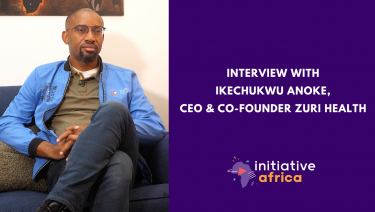
Interview with Ikechukwu Anoke, CEO & co-founder Zuri health
With one doctor for every 10,000 people in Africa, and 65% of mobile users without internet access, ZuriHealth is tackling the continent’s biggest healthcare challenges head-on. In this interview, CEO Ikechukwu Anoke shares how this virtual hospital platform — accessible via SMS, smartphone, or basic mobile — is breaking down barriers to care, from affordability to geographical distance. Born out of a personal story, ZuriHealth now operates in 9 countries and aims to reach all 55 African nations within 3 years.
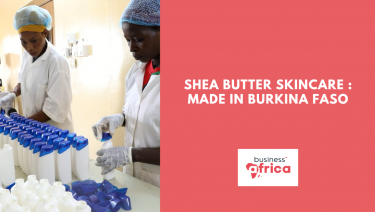
Shea Butter Skincare — Made in Burkina Faso
In Ouagadougou, Odiss Cosmétiques is transforming damaged skin and outdated beauty standards using one powerful tool: locally sourced, natural ingredients like shea butter, neem, and baobab oil. Founded by Denise Odette Konseiga, a former pharmacy assistant, Odiss has grown into a certified organic brand that now employs 17 staff and supports over 300 women across shea cooperatives. From Burkina to Belgium and beyond, the brand is making waves. In a market long dominated by imports, Odiss is proving that African-made skincare can be both ethical and effective. Journalist: Sonia Kocty

Interview with Trésor Ebamu Fakana, political analyst
In the Democratic Republic of Congo, organ transplantation remains largely unregulated and unpracticed. Political analyst and anti-human trafficking expert Trésor Ebamu Fankana calls for urgent public debate and legal reform to address the ethical, medical, and legal challenges linked to organ donation and trafficking. In this interview, he discusses his latest book Let’s Talk About It and warns about the dangers of inaction in a region where insecurity, poverty, and legal loopholes create fertile ground for exploitation. Journalist: Alexandra Vépierre
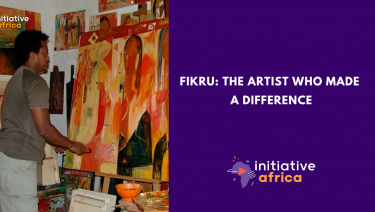
The Artist Who Made a Difference
From his first exhibition in 1995 to over 30 solo shows across Europe and North America, Ethiopian painter Fikru Gebremariam has carved out a singular path. His latest collection — exhibited at the Alliance Ethio-Française in Addis Ababa — marks a bold new chapter: an embrace of abstract expressionism rooted in African soil. In this portrait, Fikru reflects on his artistic evolution, his rejection of labels, and the subconscious forces that shape his work. Art historians, curators and fellow artists explore how his life, heritage, and travels converge on canvas. Journalist: Tefera Ghedamu

